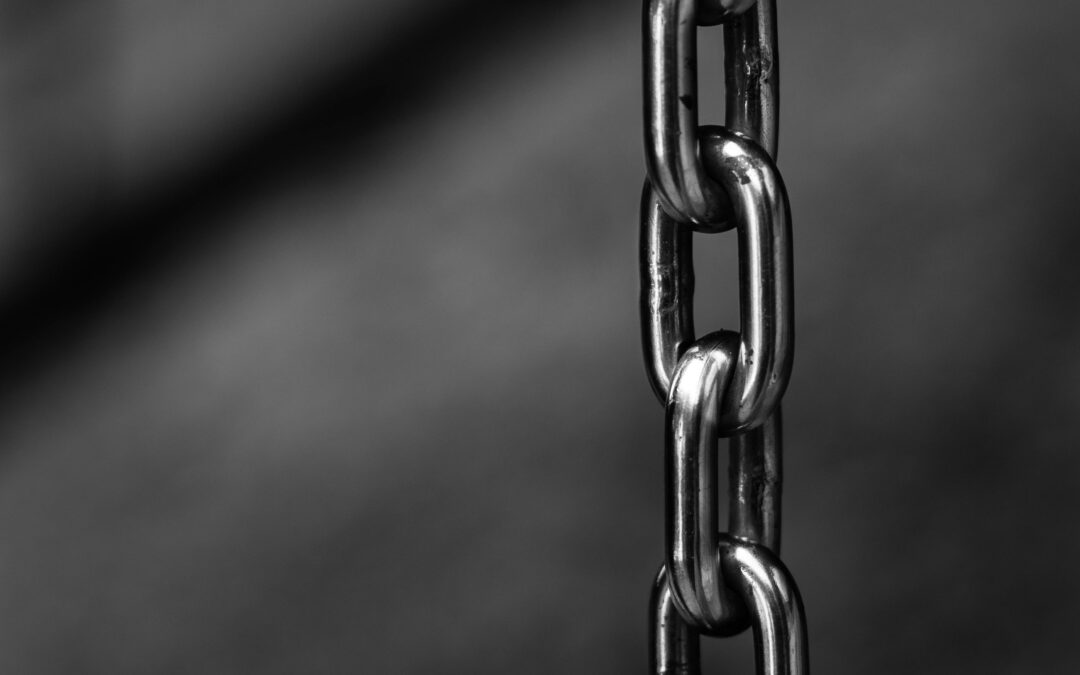Every material choice you make can either solve a problem or become one.
Materials can make the difference between a project that works and one that doesn’t. From durability and cost to environmental impact, every material brings its own set of challenges and benefits to the table. You need to find the right fit for your vision and the project’s needs. At FIX Architectural Hardware, we’ll always be biased towards stainless steel. It ticks all the boxes, not just the functional ones.
So what are the benefits of stainless steel? Some of the benefits are its corrosion resistance, durability and longevity, sustainability and recyclability, aesthetic appeal, hygienic properties, fire and heat resistance, as well as its low maintenance nature. With stainless steel, you’re making a material choice that solves problems – today, tomorrow, and well into the future.
Advantages of stainless steel
1. Corrosion resistance
Corrosion is the enemy. We’ve all seen what happens when materials give up the ghost too soon, leaving structures looking aged and neglected, way before their time. Stainless steel stands its ground against corrosion, thanks to its chromium content, acting as a shield against environmental aggressors such as air, water, and even chemical pollutants.
For architects and designers, this means the ability to create structures and elements that withstand the test of time and maintain their lustre and integrity in a variety of climates and settings. From the sweeping curves of iconic facades to the intricate details of interior fixtures, stainless steel ensures that beauty and brilliance are not fleeting, but enduring.
2. Durability and longevity
Stainless steel, with its formidable strength-to-weight ratio, accommodates greater spans and reduces the need for extensive support structures. This allows for more ambitious and open architectural designs. This material is impervious to wear in both extreme weather and mechanical stress, making it an ideal choice for high-traffic public spaces, critical infrastructure, and innovative residential projects alike.
3. Sustainability and recyclability
We all know the planet’s health is non-negotiable. Stainless steel is as eco-friendly as it gets, with its 100% recyclability and long-life span cutting down on waste and energy use. It’s a way to ensure our projects tread lightly on the earth, aligning with green building standards and, frankly, our own conscience.
Pro tip
Sustainability is no longer optional but imperative. The recycling process of stainless steel is efficient, preserving its quality and ensuring that it can be reused with minimal degradation. This aligns with the principles of circular economy and sustainable design, offering architects and designers a pathway to reduce the carbon footprint of their projects.
4. Aesthetic appeal
Its sleek, modern aesthetic can complement just about any design vision you’ve got brewing. Whether you’re going for that high-shine, futuristic look or something more subdued and textured, stainless steel has the versatility to make your project pop.
Plus, its ability to maintain that look with minimal effort (more on that in a bit) means your design stays looking intended, long-term.
5. Hygienic properties
Stainless steel’s non-porous surface doesn’t give bacteria, viruses, or dirt a place to hide, making it a top pick for medical facilities, kitchens, and anywhere where cleanliness is key. It’s easy to clean and disinfect, which is a huge win for public spaces and healthcare environments.
6. Fire and heat resistance
Stainless steel doesn’t sweat under pressure – or extreme temperatures, for that matter. Its fire and heat resistance make it an excellent choice for areas that need to withstand high temperatures or are prone to fire hazards.
This resilience is a big deal for ensuring the safety and integrity of a structure Whether it’s a high-rise exposed to the sun’s relentless heat or a kitchen that sees its fair share of open flames, stainless steel keeps its cool.
7. Low maintenance
We all want materials that don’t demand constant care or costly upkeep.
Given stainless steel’s corrosion resistance property, it means you’re not dealing with rust or decay. Also, its sturdy nature stands up to wear and tear without looking worse for wear. A simple cleaning routine is often all it takes to keep stainless steel looking its best, freeing you up to focus on more important things – like your next big design project.
Disadvantages of stainless steel
1. Higher initial cost
The elephant in the room with stainless steel is its cost. Yes, it’s got a lot of benefits that justify its price, but that initial investment can be a tough pill to swallow, especially for budget-sensitive projects.
The higher cost is due to the material’s strength and corrosion resistance, thanks to elements like chromium and nickel. While it’s a case of “you get what you pay for,” balancing the budget sometimes means compromises or exploring alternatives.
When stainless steel isn’t the right fit, several alternatives can be considered:
- Aluminium: It’s lightweight, corrosion-resistant, and more affordable. However, it’s not as strong or durable as stainless steel.
- Galvanized steel: This is steel coated with a layer of zinc to prevent rusting. While not as corrosion-resistant as stainless steel, it’s more cost-effective and can be a good choice for certain applications.
- Carbon steel: Stronger and more durable than aluminium but less corrosion-resistant. It can be a good compromise when you need strength but stainless steel is too expensive or not suitable for other reasons.
- Copper: Offers excellent thermal conductivity and has a distinct aesthetic appeal. It’s also naturally antimicrobial. However, copper is expensive and not as strong or durable as stainless steel.
- Brass: An alloy of copper and zinc, brass shares many of copper’s aesthetic qualities but at a lower cost. It’s also antimicrobial and can be a good choice for decorative elements.
2. Design constraints
Stainless steel is strong and durable, which is great until you want to push the envelope with your design. Its very strength can be a limitation, making it more challenging to work with for intricate or highly customized designs.
While modern techniques and tools have made it easier to mold and shape stainless steel into various forms, it still doesn’t offer the same level of malleability as some other metals. This means there might be times when your vision has to adapt to the material’s limitations, not the other way around.
3. Thermal conductivity and insulation
Stainless steel’s thermal conductivity is a double-edged sword. On one hand, it’s beneficial for applications like cookware, where you want even heat distribution. On the other hand, in architectural and design contexts, this can be a drawback.
Stainless steel doesn’t insulate as well as other materials, making it less ideal for certain climates or designs where temperature control is crucial. For projects that require insulation from heat or cold, additional materials or strategies may need to be incorporated, complicating the design and potentially increasing costs.
- Hybrid designs: Using stainless steel in combination with other materials can offset its limitations. For example, incorporating materials with better thermal insulation properties in parts of a design can help manage heat transfer issues.
- Advanced fabrication techniques: Modern manufacturing methods (e.g., laser cutting, 3D printing) can overcome some of the challenges related to stainless steel’s inflexibility, allowing for more complex and detailed designs.
Pro tip
Find the middle ground. Acknowledging these disadvantages doesn’t take away from the myriad benefits of stainless steel; rather, it gives us a more balanced perspective.
Every material has its pros and cons. The higher initial cost can be offset by the material’s longevity and low maintenance, design constraints can inspire creative solutions, and thermal issues can be addressed with innovative techniques and complementary materials.
FIX stainless steel hardware can be used for a variety of your projects
Knowing all this, the challenge (and opportunity) lies in how we use stainless steel creatively. It’s not just for the flashy parts; it’s about integrating it in ways that address these very challenges – durability, longevity, sustainability – head-on.
Crafted from high-grade stainless steel, our standoff systems are designed to withstand the tests of time, weather, and use. They also add a touch of sophistication to any setting. Whether you’re aiming for a modern look or a timeless appeal, our systems provide the perfect finishing touch.
Here’s to making smarter design choices, one stainless steel fixture at a time. Choose FIX standoff systems today.
Phone
We deliver standoff fixings to homeowners, designers, and commercial business owners across the world. Whether you’re in Australia or overseas, we have the architectural hardware to fit your needs.

